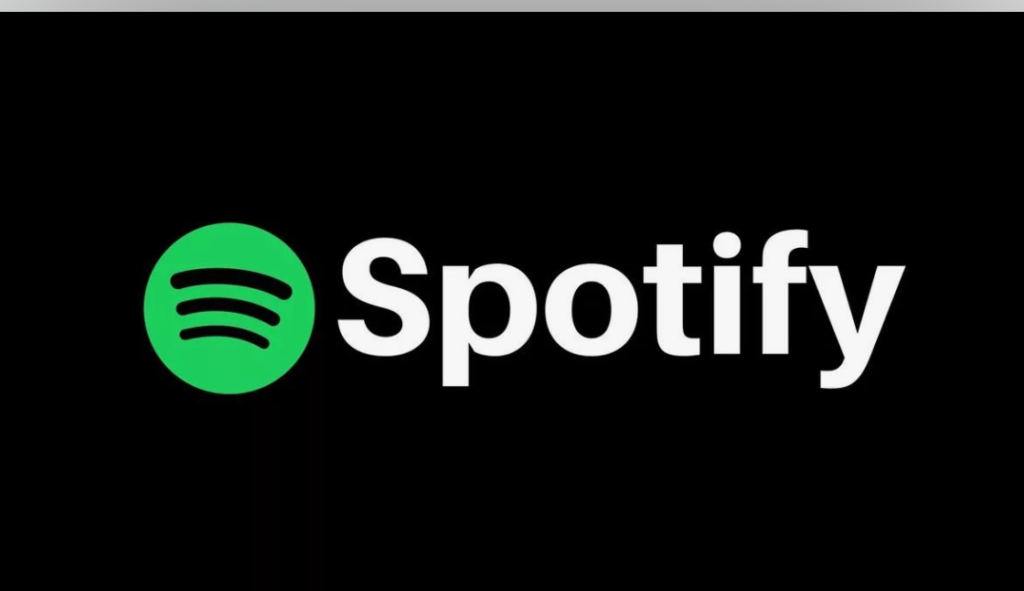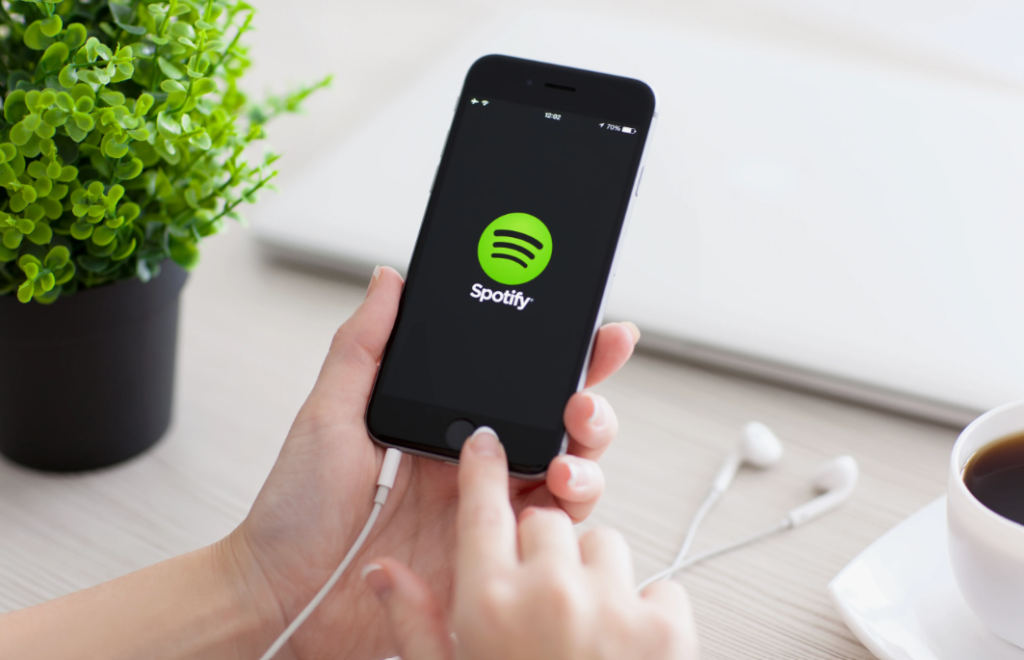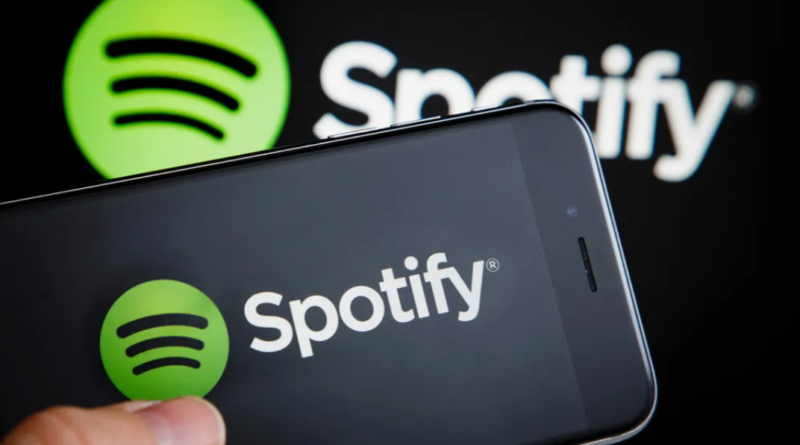Spotify plans to increase prices by as much as $2 per month in various significant markets by the end of April.
Later this year, Spotify will implement price hikes in the US, its largest market.
Spotify Technology SA intends to raise the subscription fees for its popular audio streaming service in several key markets for the second time within a year, a significant move aimed at achieving long-term profitability.

According to sources familiar with the matter, the streaming platform plans to hike prices by approximately $1 to $2 (around Rs. 83 to Rs. 166) per month in five markets by the end of April, including the UK, Australia, and Pakistan. They also stated that Spotify will implement price increases in the US, its largest market, later this year. The sources requested anonymity as they were not authorized to discuss confidential plans.
Following this news, Spotify’s shares surged by 4.6 percent to $281.92 at 9:35 am in New York.
The increased prices are aimed at offsetting the expenses associated with audiobooks, a popular service introduced by Spotify in late 2023. Under the paid plan, customers are provided with up to 15 hours of audiobook listening per month. While the company compensates publishers for the books, it has thus far only generated additional revenue from listeners who surpass the limit.
Additionally, the Swedish audio streaming company plans to roll out a new basic tier that will include music and podcasts but exclude audiobooks, maintaining the current $11 monthly (approximately Rs. 917) price of an individual premium plan, according to sources. Users opting for this tier will be required to purchase audiobooks separately.
This new basic tier marks the beginning of several upcoming pricing options from Spotify. The company has also been developing a “supremium” plan, as reported by Bloomberg last year, which would offer customers access to high-fidelity audio and other premium features at a higher price.
For years, Spotify provided most users with two choices: a free, ad-supported music service with restricted features, and a premium subscription offering unrestricted access to content.
However, since its initial public offering in 2018, the company has incurred losses each year primarily due to allocating approximately 70 percent of its revenue to royalties for the music industry. Last year, Spotify disbursed over $9 billion to record labels, artists, and other stakeholders, despite generating revenue of $13.2 billion.
To lessen its dependence on the music sector, management has endeavored to diversify Spotify’s offerings by introducing various forms of entertainment.
Initially, the company experimented with video content before opting to concentrate on diversifying its audio offerings. It commenced this diversification strategy by investing billions in podcasts, an emerging segment within on-demand audio. Although management anticipates podcasts to become profitable this year, Spotify underwent significant restructuring, including layoffs and reduced investment in original audio programming.
In the previous year, Spotify unveiled ambitious plans for audiobooks, an area predominantly dominated by Amazon.com Inc.’s Audible. While Audible requires customers to pay for access to most books, Spotify introduced limited free access to audiobooks for its users. The initial results have been promising, particularly in terms of user engagement.
Spotify’s expansion into diverse programming has raised concerns among its music industry partners, who fear that the company may seek to diminish their royalty payments. Consequently, leading music labels have been urging Spotify and its rivals to increase prices.
Netflix Inc. has increased the price of its most popular plan twice in recent years, contrasting with Spotify, which raised prices in major markets only last year for the first time since launching its premium audio service in the US in 2011. Despite concerns about potential subscriber cancellations, Spotify experienced its most successful year of user growth ever, with 113 million new sign-ups across its free and paid services.
By the end of 2023, Spotify boasted 602 million users, including 236 million paying subscribers.
The favorable outcome of the price hike has emboldened management to pursue further increases. Under the new pricing structure, individual plans will see a monthly increase of about $1, while family and duo plans for couples will rise by $2.

Notably, Spotify’s main competitors, Apple and Amazon.com, have also implemented price hikes for their music services.
In addition to price adjustments, music companies and audio services are exploring alternative revenue streams from dedicated fans. Currently, all listeners pay the same rate for access to an artist’s catalog. However, there is a segment of fans willing to pay premium prices to support their favorite artists, evident in the increasing costs of concert tickets, merchandise, and even vinyl records, particularly for Korean artists.
Among the potential strategies, streaming services have considered charging higher fees for early access to new music. However, companies are hesitant to make significant changes to their primary paid products, such as Spotify’s $11-per-month, all-access plan. Regardless of whether management devises methods to capitalize on loyal fans, the cost of the main service is expected to continue rising.

